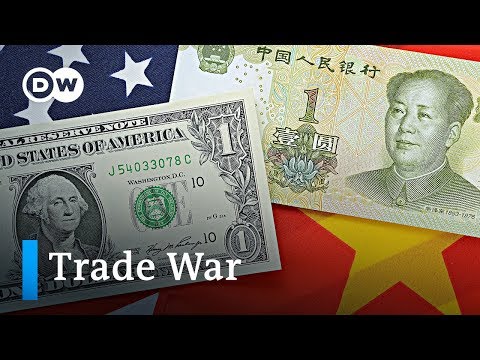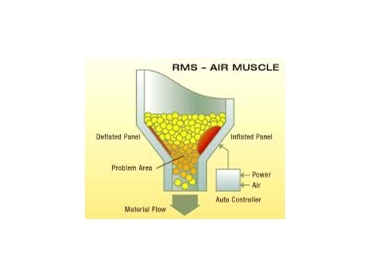Industrialization, Labor, and Life

Communication processes improved because of industrialization, eventually leading us to the telephone and fiberoptic cables. Even machines like the loom allowed manufacturers to create more items in a shorter time. When electricity became available, then humanity’s standard of living increased even further because of these efforts. Industrialization of the Ivory Coast must begin with a strong, stable government that welcomes private investment whether abroad or within its borders.
- Another tragedy that occurred during industrialization was the Johnstown Flood.
- During the initial days of industrialization, people like John Rockefeller and Andrew Carnegie held that much money by themselves.
- As manufacturing activities grew, transportation, finance, and communications industries all expanded to support the new production capacity.
- Although the families were able to earn more, it came with various policies, like working for 16 hours and 6 days per week.
Industrialization may be driven more by foreign direct investment than by domestic direct investment. Thus, while creating jobs and income for local workers, multinational companies transfer some profits to owners in the home country. In addition, demand also came from supporting businesses for the manufacturing sector, especially in the service sector. That ultimately brings more employment and income opportunities into the economy.
Industrial Inventions save time and investments
On the other hand, manufactured products have higher added value. Thus, they can be sold at higher prices in international markets, leading to more export earnings for the economy. Primary products or commodities have low added value, so they are sold cheaply in foreign markets. In addition, they are also more volatile and vulnerable to price fluctuations in international markets. As a result, they get the things they need to make their lives easier and more productive.

Most children had to make money for their family, but were still paid less than adults. They had no childhood or education which made them apart of the percentage of illiterates. While these kids worked, they had to breathe in poor air which would later on give them health defects such as black lungs. Indeed factories can produce more output and enjoy greater economies of scale. However, it requires workers to spend much of their time in jobs with deplorable and dangerous conditions.
Do the economic benefits of industrialization outweigh the economic costs?
Despite routinely working 16 hours, or longer, a day they were paid little. Companies looking for cheap labor don’t want to invest in workers’ safety measures. For example, in many chemical industries, the equipment is usually unmaintained and dirty, expelling soot, smoke, etc. that leads to several issues and accidental injuries.
- Mechanized methods of mass production are an essential component of this transition.
- Instead of a majority of jobs being out in the fields, people are now sitting in front of computers in cubicles.
- This is once again reflected in the data, with a strong correlation between net enrolment for primary, and particularly secondary, education, and MVA per capita and the CIP Index.
- The first industrial revolution in the US began in the 18th century.
In addition, when the cities become crowded with people, the living conditions are impacted directly. For example, when masses of people live close together in unsanitary conditions, advantages of industrialisation it is not unusual for diseases to start spreading rapidly. People looking for jobs switch to industrial towns and cities to earn better wages and improve their livelihood.
Pollution is one of the major disadvantages of Industrialization
A group of people try to negotiate with business owners for better working conditions and remuneration. Some of the drawbacks included air and water pollution and soil contamination, which resulted in a significant deterioration of quality of life and longevity. Industrialization also made labor and capital even further apart.

The objective of the fifth industrial revolution is to integrate humans and technology in such a way that they work closely together and mutually benefit in countless ways. During the 5th Industrial Revolution, there will be an emphasis on putting faith in technology and ensuring that it is used for the benefit of humanity rather than for-profit alone. Unlike Industry 4.0 The 5th Industrial Revolution intends to reintroduce humans into the workplace.
Industrialization, Labor, and Life
The first industrial revolution in the US began in the 18th century. The Second Industrial Revolution focused on steel production, railroad construction, and electricity. The basis of this revolution was a new factory-based economic and industrial model.
Sabah’s economic direction on right track, says PGR info chief – The Star Online
Sabah’s economic direction on right track, says PGR info chief.
Posted: Mon, 07 Aug 2023 05:24:00 GMT [source]
However hard those jobs were, they were often preferable to the precarious existence of a small farming family. The innovations of the 19th century allowed for the mass production of commercial goods. As manufacturing activities grew, transportation, finance, and communications industries all expanded to support the new production capacity. As a result of the ability to manufacture multiple products in any industry or sector, free market economies began to emerge. Anyone could make a name for themselves because of industrialization. The story that often gets told when discussing industrialization is the life of Charles Goodyear.
Effects of Industrialization
For example, in LDCs with low MVA per capita, secondary school enrollment is less than 50 per cent, compared to more than 80 per cent in industrialized countries (2017). There is now a risk that, as a result of the ongoing economic shockwaves from the COVID-19 pandemic, the gap could widen even further. Yes, the economic benefits of industrialization outweigh the economic costs.
They had to work in small spaces which could cause back problems from their stance in these conditions. Rocks could fall on the workers at any moment and the elevators were very dangerous to use because they could also breakdown. Floods down in the mines killed miners and also carts running them over caused death. There was also poisonous gas down there and miners would suffer from miner’s asthma (black lungs). It emphasizes efforts to conserve natural resources while sustainably improving the economy. Furthermore, specialization and division of labor allow workers to become more proficient in carrying out their daily tasks.

Some of these changes are the use of iron and steel, new energy sources like coal and steam, and the factory system. This inequality of development leads to resource issues because factories require raw materials to operate. That means the countries without industrialization hold themselves back because they sell the items needed to evolve their economies for short-term gains instead of long-term results.
Another tragedy that occurred during industrialization was the Johnstown Flood. On May 31st, 1889 the South Fork Dam failed due to heavy rainfall. About 2,200 died and 99 entire families were apart of the casualties that day. The sad part was that still to this day there are 750 victims who were never identified for those grieving families. The costs from the debris and to rebuild the town came out to around 17 million dollars in property damage. Coal miners would have to endure hazardous/poor conditions in their workplace.
These circumstances include the introduction of new technology and a rapid population rise. Other circumstances are labor increase, more resources, and better food production. These inventions had a major impact on society and changed the world forever.
Although the amount of cocoa in the market surprised even analysts, the Ivory Coast must still transition from agriculture into manufacturing and service industries. This follows the same pattern of evolution that the U.S. and Japan took as they were industrialized. The transitional period will be long and gradual as industrialization is a major change to an economy. Historians have found that the US has passed through two stages of industrialization.

